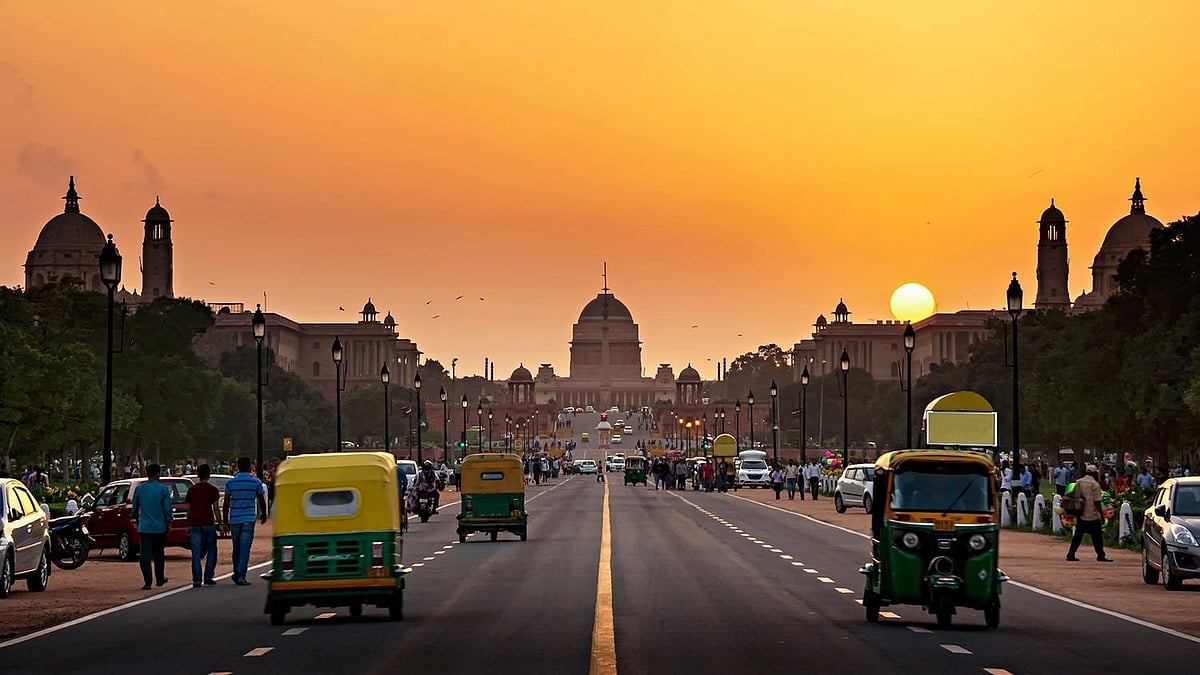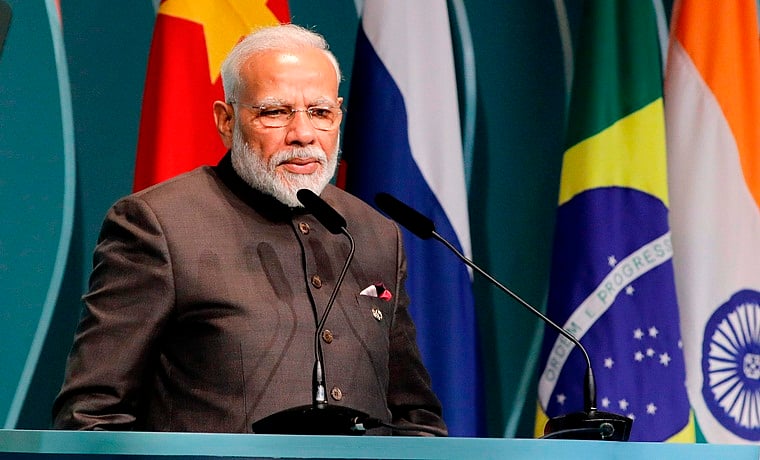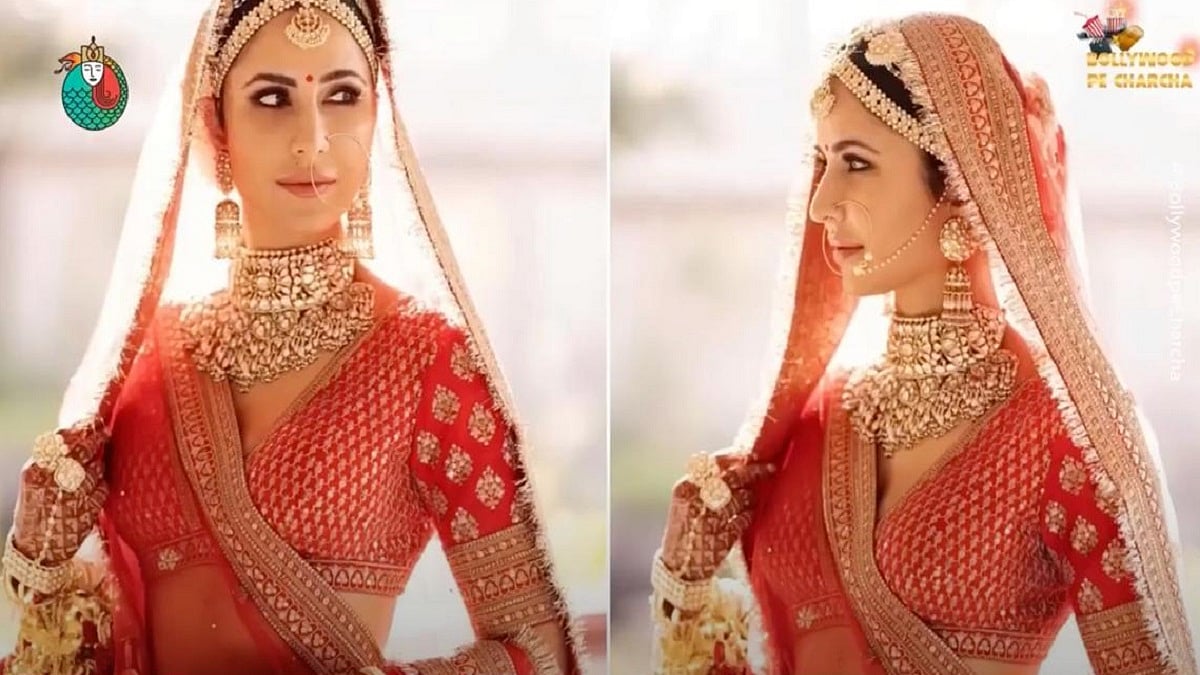In the early 1900s, south of Shahjahanabad, lay a vast plain. A plain through which flowed small tributaries to the mighty Yamuna that brought water to it from the Aravallis on the west. Most notable among these was a rivulet that started from the Citadel of Mehrauli and meandered past Khirki village, and further towards Chirag e Dilli and then Nizamuddin. And finally found its way to the river. The late professor Sunil Kumar’s extensive writings on early Delhi give a vivid description of this landscape.
At the southern tip of this plain sits Adilabad fort. It is dotted with tombs, the remains of which are seen in the gardens and parks of South Delhi’s posh colonies. Into this plain, the Yamuna would swell during the monsoon. In the midst of this is the tomb of Ghiyasuddin Tughlak. I have often tried to visualise its red sandstone glory floating, as if in the waters of the flooding Yamuna!
In this massive plain dominated by Raisina Hill on its west and Mehrauli in the distant south, the Purana Qila and Humayun’s Tomb, Edwin Lutyens laid out and built the now almost hundred-year-old edifice that is the capital for independent India. An architectural and design marvel that has stood the test of time and remains one of the grandest sights of the country, and set the nation onto a journey of architectural rediscovery. In 1947 we became an independent nation and this capital became the identity of the nation and its new burgeoning power on the world stage.
In the decades to follow, the city (and the country) and its architects, guided by the vision of the state of an industrious young nation, with scientific temper, added landmark buildings that expressed a belief in future, in technology and modernity while simultaneously talking of rootedness — architecture for the hopes and dreams of the people of India.
Each building celebrated not just locally, but nationally and internationally. The Akbar Hotel, the Hall of Nations, The National Dairy Development Board Building, ISBT Kashmere Gate, JNU, the IIT Delhi Campus, the Vikas Minar, the Halls 14 and 18 at Pragati Maidan, the National Craft Museum, the State Trading Corporation Building on Janpath, the SriRam Centre for Art, the list is very long. There is also the India International Centre, Siri Fort Auditorium, the India Habitat Centre, Zakir Hussain College, Nehru Place and Rajinder Place, the TV tower at Pitampura and most recently the Parliament Library, the new NDMC headquarters. Can we forget the diplomatic enclave of Chanakyapuri? Some of the finest examples of architecture in the city — the Polish Embassy, the house of the Belgian Ambassador by Satish Gujral — definitely excite the imagination. This is a very personal list , but I’m sure each one of us has a similar list for the city, or for the city we live in and love.
For those who call Delhi their own, these buildings are a legacy, a stage set and panorama within which we live and are part of the city’s folklore — markers of our presence and navigations in the city. They have transcended the idea of buildings, which explains why we react so badly to their erasure and have had a hard time verbalising our reasons.
As an architecture student and later a young architect working in Delhi, I have fond memories of these. The earliest is of sitting on the steps of Correa’s Jivan Bharati building, after what I believed was a truly blown entrance exam to SPA Delhi, and saying goodbye to friends who all believed we would be coming back the following year to attempt it again, not knowing that we would all make it that summer.
Later, of walking into the Hall of Nations and being wonderstruck by its sheer brutal ingenuity and beauty. Visiting Hall 18 for numerous trade shows and marvelling at JA Stein’s genius.
I am not even discussing pre-Independence, and Islamic and Pre-islamic Delhi, that makes Delhi this heady cocktail for architecture buffs! We have been spoilt by the sheer quantity and quality of public architecture that spans over a 1000 years. Strewn across the city of Delhi in a sequence across many decades one finds edifices that speak of spirit, and strength, of modernity and vision. As young architects preparing to head out into the profession these buildings were, and remain, beacons! Each building a link in a chain, a passing of the baton of vision and purpose from one edifice to the next. Architecture that excited, and gave hope. For decades the architecture of the state has aspired to follow this tradition of high standards.
Not unconnected to the north in Punjab was the new city of Chandigarh, in Ahmedabad, Kahn’s IIM, Correa’s Kanchenjunga Apartments in then Bombay, Doshi’s IIM Bangalore and Baker’s Centre for Development Studies in Trivandrum, also the Vidhan Soudha, in Bhopal.
And can we forget the tour de force in the then recently liberated Bangladesh — the Sher-e-Bengla Nagor in Dacca. Sublime and worthy of pilgrimage!
As an architect trained, and practising in India, this is the legacy that architecture of the state has established for us. It is from this very tradition of high standards, that one then looks at the architecture of the state today!
We see pictures of the Bharat Mandapam, and how it follows a very forgettable New Parliament — one can only sign in utter disappointment. It is like waking from a bad dream and realising it is no dream! Are we trying to rewrite our history? And bring back the snake charmers and elephants that have for too long been the image of India in a continued myth of Orientalism?
Beyond the spectacle of its inaugurations, the architecture is devoid of any meaning. After the initial euphoria you realise that bigness is not a quality — it is merely a description of size! We are now at a point where the buildings of the state are mere stage sets for the photo-op cult of personality — the Architecture is (almost?) inconsequential.
While some writers in national dailies can wax eloquent all they like about tradition, modernity and Indian identity, it cannot change the reality and forgettableness of something that looks straight out of 1970s sci-fi parody.
The “boldly coloured saucer raised on forked or straight columns floating over a podium” has been done to death more often than one cares to remember. There is nothing modern about it unless you live in the 1950s. And no amount of stuffing dal makhani, curry or a pastiche of Indian motifs into its insides will make it contextual or culturally relevant.
Henri Fanthome, an architect who trained at the SPA, lives and works out of Mehrauli, Delhi and writes about design and urban spaces.










